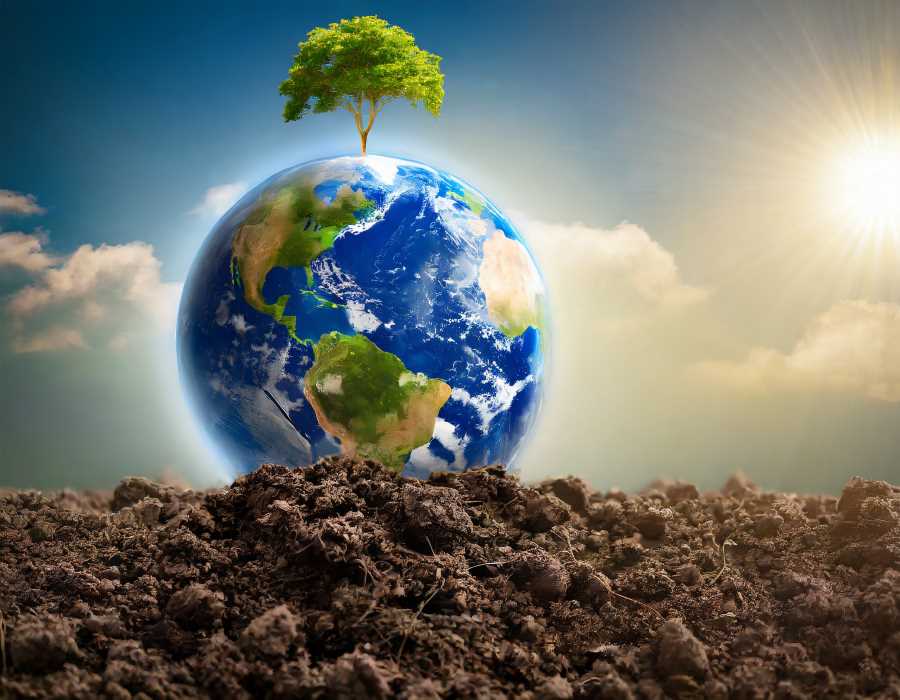The Economic Toll of Global Soil Degradation
Soil degradation, causing 24 billion tons lost yearly globally, demands urgent attention. UNAM's PUEIS, led by Blanca Lucía Prado Pano, highlights the critical role of healthy soil in sustaining life, economies, and ecosystems.

The United Nations' recent revelation that a staggering 24 billion tons of fertile soil vanish globally each year should serve as a clarion call for immediate action. The ramifications of this silent erosion extend far beyond the fields, permeating economies and societies. According to UN figures, land degradation shaves off up to eight percent of the gross domestic product in developing nations, underlining the economic toll of soil mismanagement.
In a compelling insight, Blanca Lucía Prado Pano, a distinguished researcher at UNAM's Institute of Geophysics, forewarns that by 2045, desertification could uproot approximately 135 million people worldwide. In the local context, the affliction of soil degradation is vividly illustrated by the annual loss of 254 hectares of forest cover in Mexico City between 2006 and 2010. Projections for the years ahead suggest a continued assault on nature, with an anticipated annual loss of 219 hectares from 2010 to 2030.




